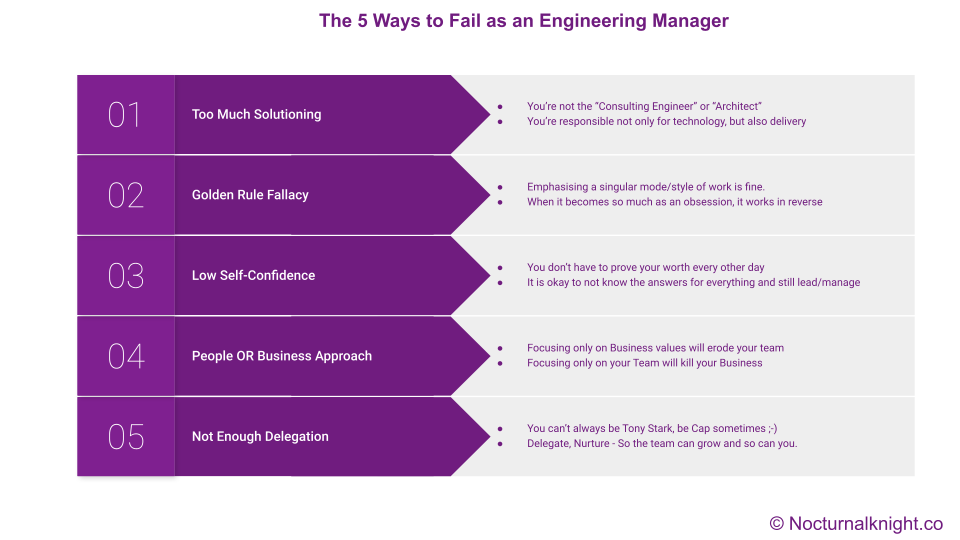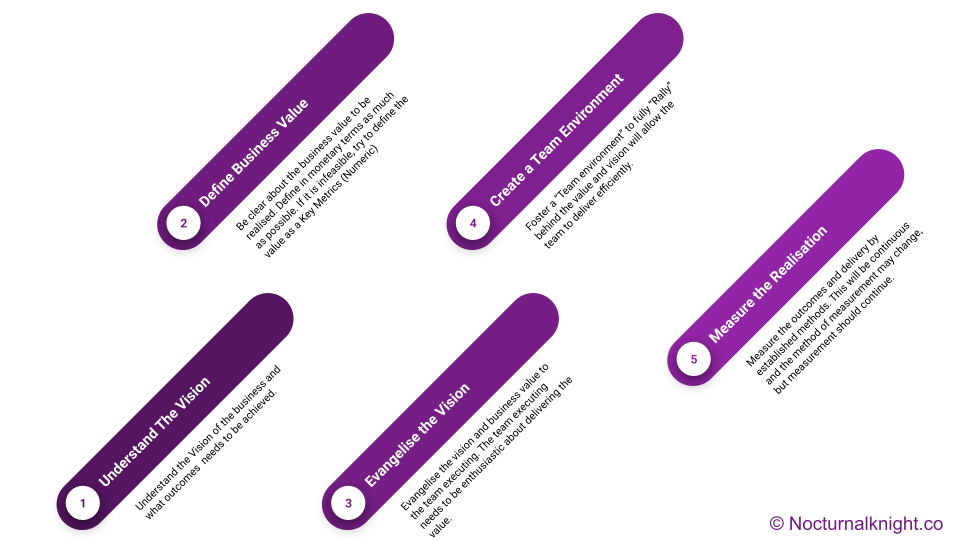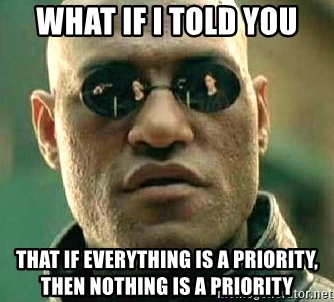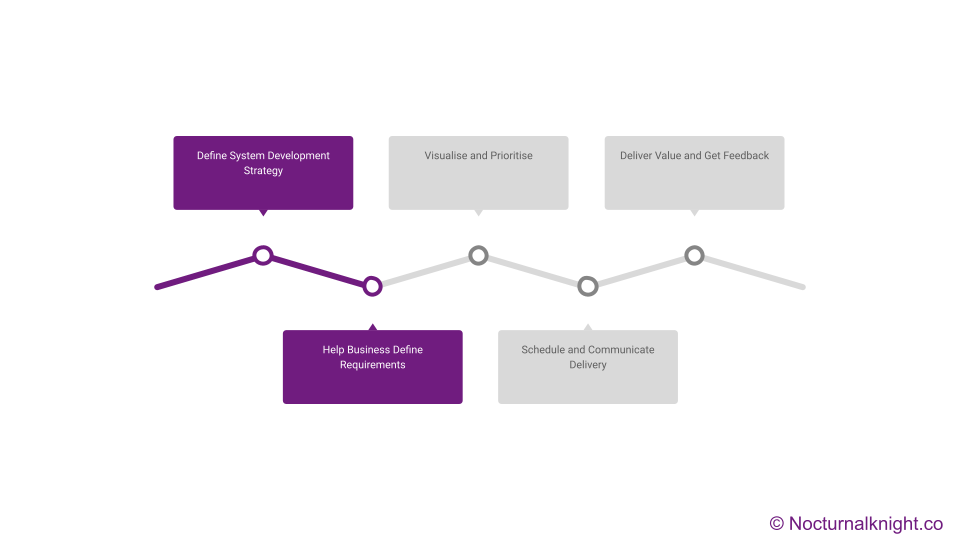The 5 ways to Fail as Engineering Managers in Startups
This article is a compilation of multiple years of my experience being an Engineering Manager and subsequently running the Tech Org and managing multiple Engineering Managers. I have tried to summarise and condense them.
Having a good manager can make you feel supported, can boost your career growth (and sometimes personal), and help make your team and company a happy place. On the other hand, having a bad manager can make your work-life miserable and could hinder your growth and drain you.
Engineering Managers have a huge impact on their team’s, morale, outcomes, timelines and most importantly the professional growth and help them carve a career path. But, you may have seen, heard or felt that some or most Engineering Managers are anything but the above description, right? Do you want to know the root cause of the problem?
It is the practice of making a high-performing Individual Contributor/Engineer the Tech Lead and thence to an EM!
Trust me when I say this, I have seen it multiple times. I have seen many good Engineers burn out as soon as they have people management responsibilities. An Engineer may be okay to mentor some junior devs and help them get the right design etc. But, S/he needs to have a people-first mindset to become an Effective Engineering Manager (or any of the myriad titles with the job function).

So, assume an Engineer is looking to move into Engineering Management, the following are the pitfalls S/he should be aware of as these are the most common ways EMs fail.
1, Too much Solutioning, not enough listening.

Interestingly, this can happen both when you’re not confident as a leader and when you are too confident. We tend to focus on solutions too much instead of supporting/empowering others or listening for more context. Sometimes people only need someone to vent to and are not looking for solutions immediately. Even when they are, we can act as coaches and guide them to the solutions, helping them grow in the process so that next time they will be able to solve on their own. Even when they need an immediate solution, we might fail to get the whole context by not authentically listening to them.
Such leaders usually jump to solutions right after hearing about an issue, and even when they ask for more details and input, they are not listening authentically. They might get impatient when the discussion drags on.
There are two critical Skills to practice to overcome this pitfall. Effective Listening and asking more Leading Questions.
2. The silver bullet or the Golden Rule Fallacy
We might not be very conscious about it, but we all have a natural, default style when it comes to management. This is sculpted by our general personality, our experiences, our bosses and how they treated us and things we’ve learned along the way. As managers, we unconsciously rely on this style, and without guidance, we tend to use that style with every direct report. Even when it becomes conscious, we justify this with ‘this is who I am’ and sometimes even with core values and our self-image
Don’t “Treat others as you wish to be treated”
The above statement could be borderline Blasphemy to many people in many aspects (including cultural or religious). How could it be untrue? If most major religions/cultures preach it?
The reason for this paradox is simple, we all assume we want to be treated fair. But, fairness to me may be unfair to you and the other way around.
For example, I tend to react very well to negative stimuli, i.e: critical remarks. I use them to better myself and continuously improvise (most times, at least) whereas some other person may feel it draining, for them, the Positive Reinforcement techniques may work well.
While having strong core values is vital to being a successful leader, using a single management style just simply won’t work with all your Team Members over the years. Doing this way WILL HARM some of the Team Members (and of course hinder your performance as an engineering manager, too). The Golden Rule managers often talk about the one true way to do things. They get overprotective/defensive about their style as they face more and more challenges. They often see the failure to be with the team members who don’t respond well to their style instead of adapting to theirs. This is especially important as more and more of you’re team members tend to be Millenials.
The most obvious display of the Golden-Rule/One-Trick Managers is hiring #minimes. They hire a team full of similar styled team members. You may have recognised certain trends over the years, a very hands-on manager will not only hire, but also treasure a very hands-on problem solver by empowering them. On the other hand, a Process-oriented manager will hire their lieutenants to be fully process-driven ones.
The problem with the first example is, you’ll have an army of Debuggers, Fixers and Solvers but very few(if any) to think & execute in a scalable & sustainable way.
The problem with the second example is, you’ll have an entire team quoting the “Rule-book” to each other in no time and meanwhile, the company may be bleeding.
There is only one approach here, As managers, it’s our core job to form a good working relationship with our team members. This will require us to adapt our style or adopt new styles.
3, Low self-confidence
Yes. I meant it. I have known multiple awesome engineers in my career who started having Low Self-Confidence after they became managers.
Honestly, I have gone through it myself at various points, before climbing up the rope. The reason is also quite obvious, when I was an IC/Sr.Dev I know what was the outcome and what was the timeline and quality of deliverables was something I prided in. So, nothing was ever out of control for me (except maybe twice).
And if something exceptional happened, I can “Report” it and either get the “Scope” or “Timeline” modified and my self-worth was left unchanged. Now, as the first-time manager, I realised that I am that “Exception Handler”. Sure, I can go to my Delivery Director or Group Program Manager etc, but I am supposed to be the first line of defence from exceptions affecting the Business! This is the no: 1 cause for low self-confidence.
But, it is by no means the only one. The second most cause according to me is delayed feedback and low observability of Business Value delivered. It’s usually really hard to see our work’s positive effect, feedback loops are just too long, and cause-and-effect relations aren’t always easy to see or quantify.
People with low self-confidence usually have a hard time saying “I don’t know”, which is essential as an engineering manager. We cling to the thought that we have to know answers to everything that comes up; otherwise, we’re just not good enough.
I’ve seen some insecure managers trying to do team members’ jobs. They do this not because they don’t trust their team, but they need something they’re proficient with to feel more secure and confident. Another way for such managers to feel that they are still worth something is to be too nitpicky, for example, in code reviews or simply when giving feedback.
Among many things, all this can lead to the engineers feeling that their engineering manager is competing against them in a way. This is THE worst feeling you can give to your team and a sure way to fail as a Manager.
Be the force multiplier to the team, not another grunt.
There are proven ways to come out of this zone. Discuss with your peers (other EMs/TLs) and your Manager, open up your insecurities & fears. You will realise that this is much more common and also learn from them.
4, People or Business Attitude (as opposed to People for Business)
There are two most common styles of management, Too much Business Focus and Too Much People Focus.
There are Managers and Leaders who are only into Business and view upon their team as only “Resources”. They are driven by Goals, deadlines, KPIs and Metrics. They seemingly don’t care about their team’s wellbeing.
There are Leaders who are only into the people part of their team. They create a virtual haven for their team. They shield and protect their teams from the other parts of the company and the world at large. They seemingly don’t care about business outcomes or performance that much.
Needless to say, these two styles are diametrically opposed.
Fortunately, I have seen and worked with organisations with both styles of Management and Managers. (And believe I did pick some elements from both). In the StartUp eco-system, Boot-Strapped and bootstrap influenced organisations tend to be slightly tilted toward the People First management philosophy. And generally, organisations that are VC funded and with an aggressive growth appetite will be tilted toward the Business First management philosophy.
But universally, all leaders I have worked with accept/agree that the key to success is balancing the two approaches.
Too much focus on the business in a leader will sometimes result in that leader prioritizing short-term wins over long-term ones. Such managers will talk a lot about holding people accountable. They are generally okay in abandoning the team members who don’t fall in-line in terms of Team Commitments and Performance, instead of coaching or aligning. The cost here could be enormous. People will get burnt out quick and will leave, The company culture suffers.
Too much focus on people without the consideration that your team is responsible for the company successful can be even worse. Such leaders will position themselves as the “Gatekeepers of hell” with their team. They will defend their team no matter what and will view every discussion/motion as “the Battle of Thermopylae”!
In the end, is is not as much as balancing these views. Its actually building synergies between these two seemingly conflicting ideals. You as a leader and manager will have to find ways for your teams to grow and be successful in tandem with the business goals.
5 – Not Delegating Enough.
The most common mistakes for leaders and managers are usually focused around delegation; either a manager is delegating too much or not enough. This is especially common for an Engineering Manager. Most Engineering Managers think of themselves as a “Specalist” Engineer than a Manager, especially applicable to an EM at the early part of his career. Any manager who fails to delegate will become overloaded and fail to move the business forward. A manager who over delegates with no explanation as to why could lose the respect of their team. The key rules to live by as a manager when it comes to delegating are:
- Only ask someone to do something you would be happy to do yourself if you had the time
- Only delegate a task to someone who is happy to take on the task
- Only delegate to someone is capable of completing it to a level you would be happy with yourself or can get there with quick review comments
The trick is to know when to Cascade, Delegate & Escalate!
Concluding Remark
Obviously, this list is not-exhaustive and there are other significant issues causing to failures of Engineering Managers. But, this is a Ranked list from my personal experience.
I was extremely fortunate to work with some of the best leaders and managers and each one of them has shaped my skill, style and everything in between. While mentioning my “managers”, “My Teams” over the last 8-10 years have played an equally important role in this transformation.
Also, If you’re looking forward to learn how can you be a manager/leader your team will not run away, check out this short course by Laurie Ruttimann – https://www.linkedin.com/learning/be-the-manager-people-won-t-leave/be-someone-people-trust-no-matter-what





